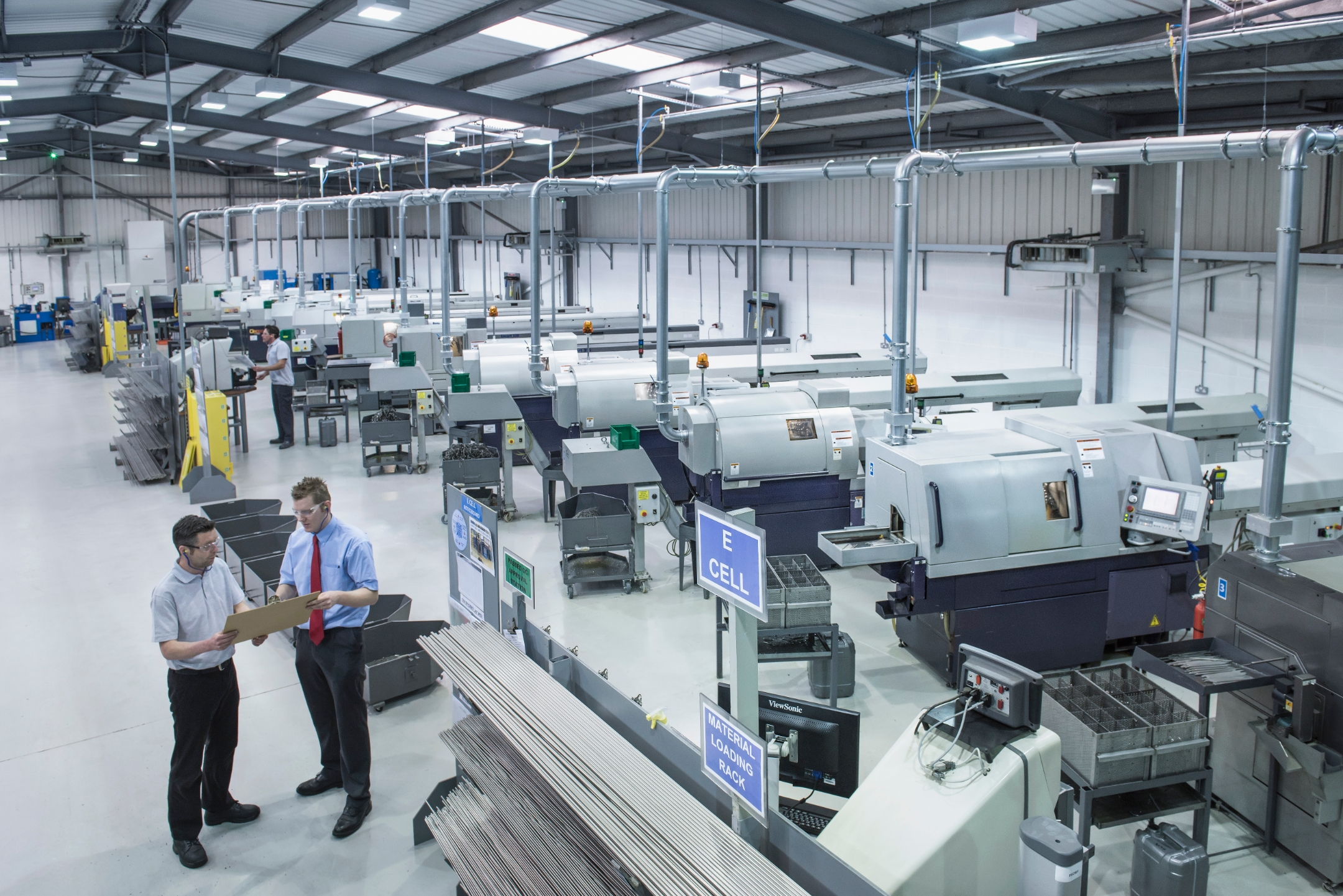How can low code address SMB challenges?

Order customization, smart machines, hyper-automation and globalized competition pose a threat for any small to medium manufacturer hampered by legacy processes. Traditional manufacturing development methods can’t meet these trends in the moment. To stay relevant, manufacturers must adopt emerging technologies that address SMB challenges.
One such technology is low-code and multi-experience application development, which manufacturers can use to create applications that complement existing software services. A low-code platform empowers manufacturers to assemble digital experiences that simplify customer and consumer engagement, automate workflows across IT, OT and ET, and accelerate the development of digital services across the value chain. It provides the speed, flexibility and resilience to digitally transform and continuously improve their practices for operational excellence.
Machine Flexibility
Every job, no matter how big or small, requires careful planning to maximize machine uptime and utilization. When production runs are just a few hours, it is imperative to have the right data at your fingertips to make decisions about tooling changes, fixture creation and programming. These factors can impact your SMB’s ability to adapt to various jobs and processes. If you’re running your business from Excel you might not have the real-time data that you need to make the right decision at the right time. We’ve created a software solution that uses low code that can digitally transform your operation to manage production and increase machine flexibility that meets the demands of your evolving business.
Reliability
As an SMB, it is often the case that production depends upon your equipment to work as designed. There are many factors that can lead to machine downtime but what if there was a better way to anticipate consistent production through data? With connected services, we are enabling smart simulation for machines through low code applications that can track your machine usage as it relates to each project. With insight into indicators like performance analysis and stress and vibration testing, you won’t be left wondering if your machines will be ready for yet another shift of production.
Production Speed
The landscape of manufacturing has changed dramatically over the last couple of decades. Bidding for jobs is becoming fierce with a globalized market and there is no room for production hiccups. Getting to the root cause of problems and addressing them systematically from a holistic perspective is crucial to increasing production speed. You need real-time data that is customized for your business. This is where low code applications come into play. You’ll be surprised by what you can build in-house with just a few software connections.
Connectivity
Our connected services digital thread refers to a suite of software designed with small and medium businesses in mind. Our mission is to help you connect the discrete components of your business through low code applications and the industrial internet of things (IIoT). Connectivity isn’t limited to the factory floor. Smart, connected manufacturing includes pivotal partnerships. Many manufacturers are partnering with their customers to provide new, AI-enabled business models, including servitization subscriptions, production as a service opportunities and other software-based solutions.
Now is the time to lead your business toward digital transformation. You can learn more about Siemens Connected Services for small and medium businesses here: https://www.sw.siemens.com/en-US/connected-services-smb/


